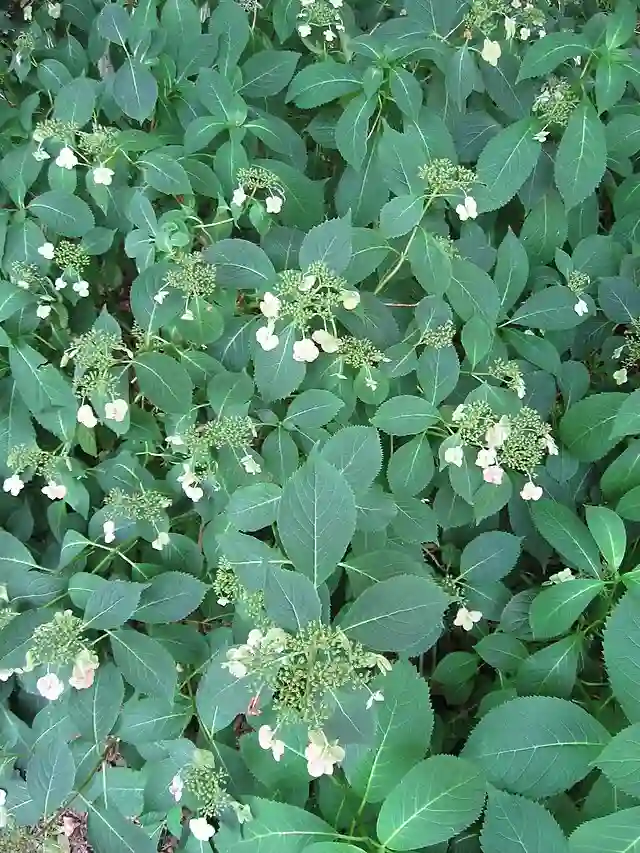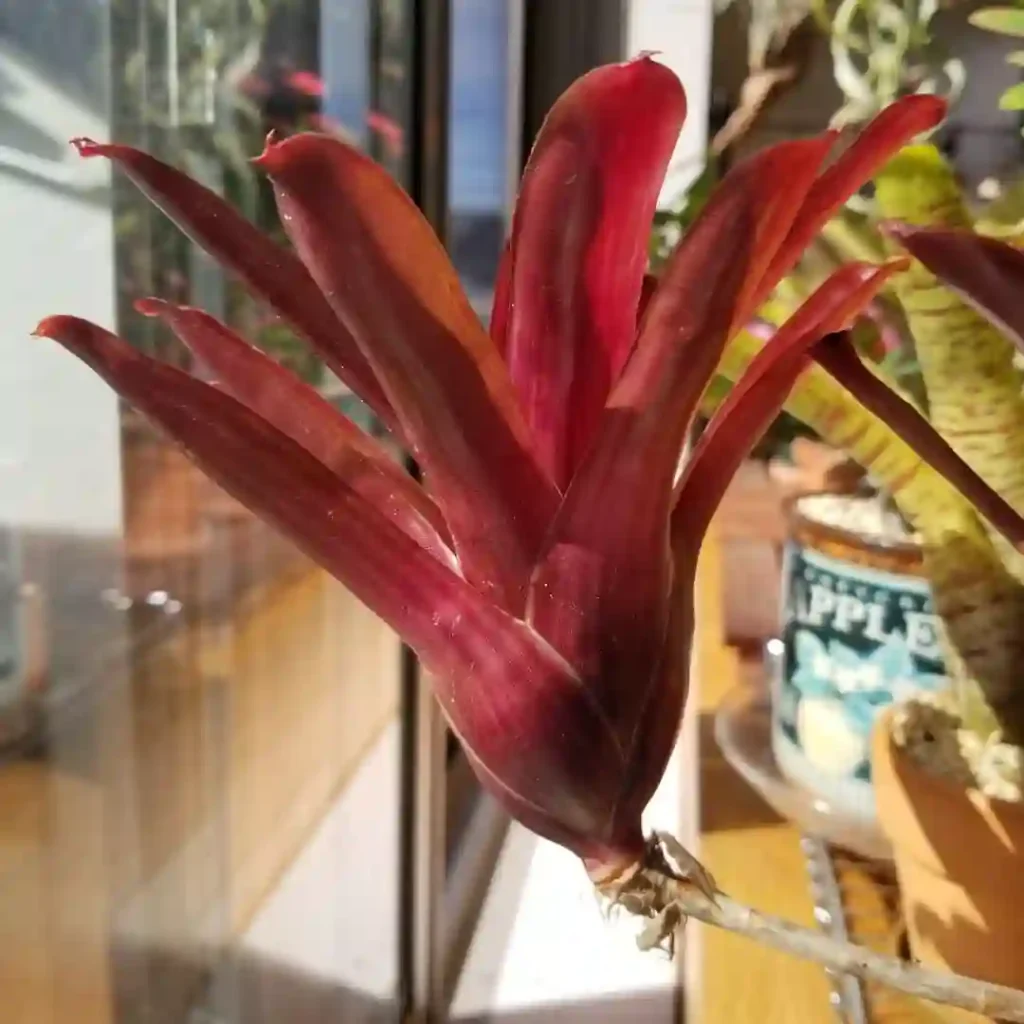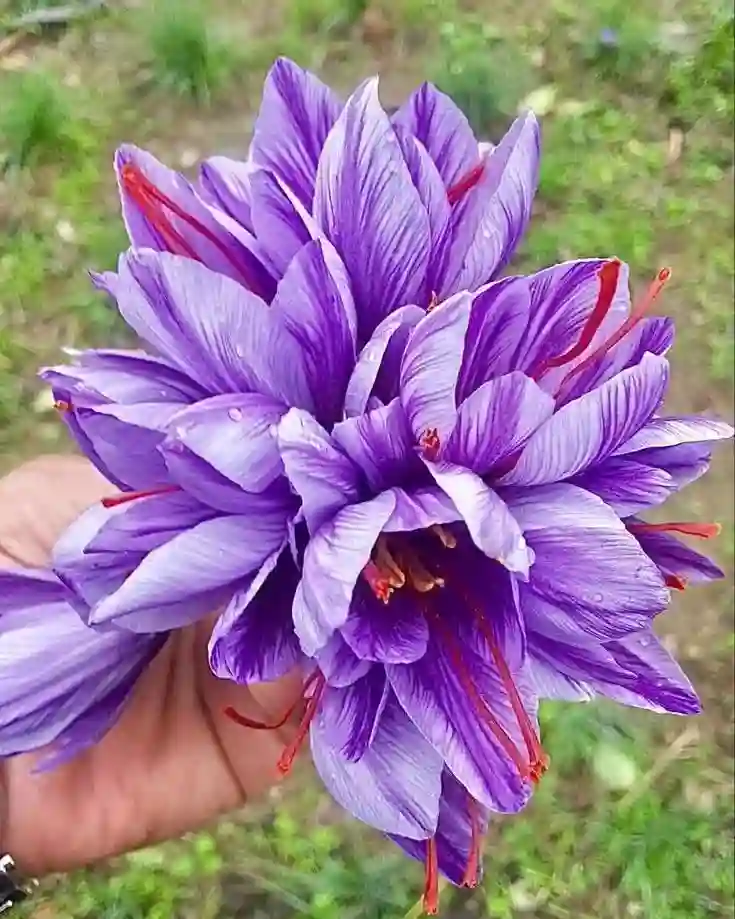Dombeya Tropical Hydrangea: A Guide to Growing This Showstopper
Hi there, Ferb Vu here! For those seeking a vibrant splash of color in their gardens, the Dombeya Tropical Hydrangea might be the perfect choice. This stunning flowering shrub, also known as the Pink Ball Tree, boasts large, round clusters of pink blooms that resemble fluffy hydrangeas. But unlike its namesake, the Dombeya belongs to the Malvaceae family, closely related to hibiscus and hollyhocks.
Intrigued? Let’s delve deeper into this captivating plant and explore everything you need to know to cultivate a thriving Dombeya in your own backyard.
198 Species in Genus Dombeya
What is a Dombeya Tropical Hydrangea?
As mentioned earlier, the Dombeya Tropical Hydrangea (Dombeya wallichii) is a flowering shrub native to Madagascar and parts of Africa. It’s known for its spectacular display of pink, pendulous flower clusters that bloom profusely in the early months of the year. These blooms can last for over a month, adding a touch of whimsical charm to any garden.
The Dombeya can reach heights of 20 to 30 feet with a spread of up to 25 feet, making it a statement piece in larger gardens. The heart-shaped leaves with serrated edges provide a beautiful backdrop for the vibrant flowers, and some gardeners even claim the blooms emit a delightful fragrance reminiscent of frosted cake!
How to Care for Your Dombeya Tropical Hydrangea?
Providing the right care for your Dombeya Tropical Hydrangea ensures it thrives and rewards you with its captivating blooms. Here are some key things to remember:
- Light: Dombeyas prefer full sun but can tolerate light shade. However, excessive shade might reduce flowering.
- Water: Water your Dombeya regularly, especially during its growing season. Aim for moist but well-drained soil. Avoid overwatering, which can lead to root rot.
- Soil: Plant your Dombeya in fertile, well-draining soil rich in organic matter. Amending your soil with compost or manure can be beneficial.
- Fertilizer: Feeding your Dombeya a balanced fertilizer during the growing season can encourage healthy growth and abundant blooms.
- Pruning: Regular pruning helps maintain the Dombeya’s shape and encourages flowering. Prune after the flowering season has ended, removing dead or crossed branches.
How to Propagate Your Dombeya Tropical Hydrangea?
Propagating your Dombeya allows you to expand your collection or share this beauty with others. Here are two common methods:
- Stem Cuttings: Take semi-hardwood stem cuttings during the summer months. Dip the cut ends in rooting hormone and plant them in a pot with a well-draining potting mix. Maintain consistent moisture and place the pot in a warm, brightly lit location (indirect sunlight).
- Seed Propagation: While less common, propagating Dombeya from seeds is possible. Sow seeds indoors in a well-draining potting mix and keep them moist and warm. Germination can take several weeks. Once seedlings establish, transplant them into individual pots and nurture them until they are ready for the outdoors.
What to Plant with Your Dombeya Tropical Hydrangea?
The Dombeya Tropical Hydrangea’s vibrant pink blooms pair beautifully with a variety of plants, creating a visually stunning display in your garden. Here are some ideas for companion plants:
- White or yellow flowering plants: Create a delightful contrast by planting white or yellow flowering shrubs like gardenias, butterfly bushes, or yellow lantana, next to your Dombeya.
- Foliage plants: Complement the Dombeya’s pink blooms with the lush greenery of ferns, hostas, or variegated ornamental grasses.
- Vines: Train a climbing vine like clematis or jasmine to twine around a support structure near your Dombeya. The combination of vibrant pink flowers and delicate vines creates a romantic and whimsical atmosphere.
Conclusion
The Dombeya Tropical Hydrangea is a captivating addition to any garden, offering a delightful combination of stunning blooms, attractive foliage, and potential for fragrant enjoyment. With proper care and these helpful tips, you can cultivate a thriving Dombeya that will bring a touch of the tropics to your own backyard. Happy planting!
If i die, water my plants!



